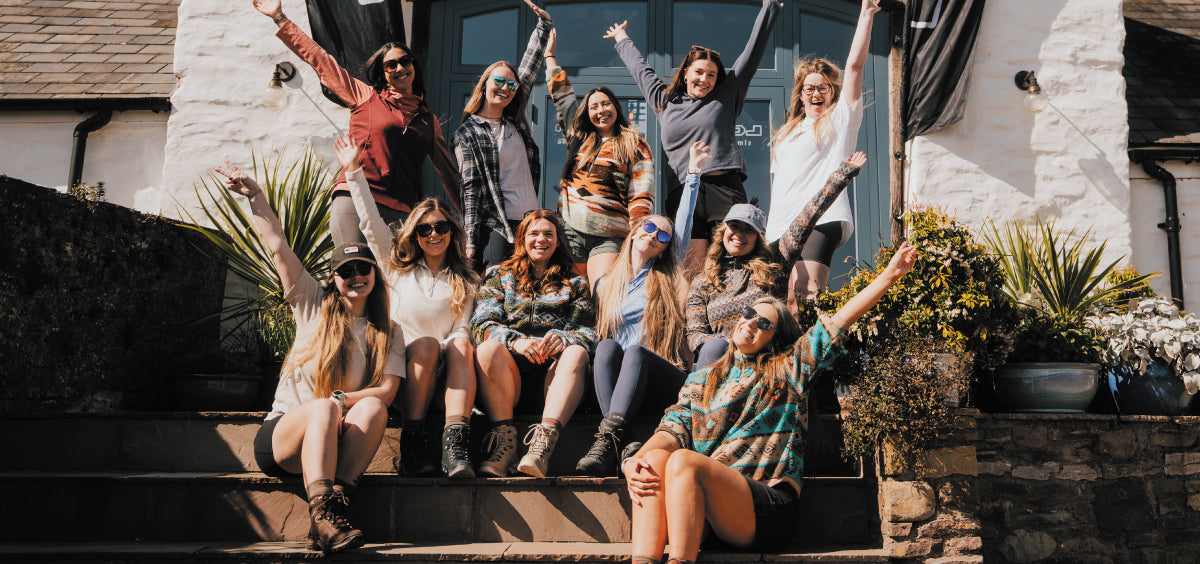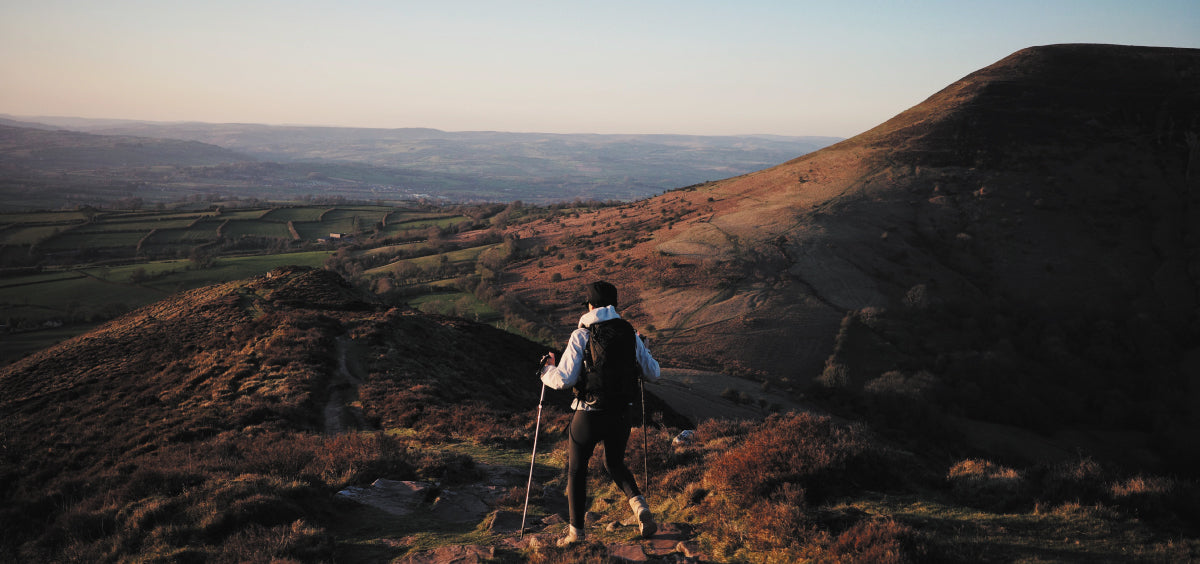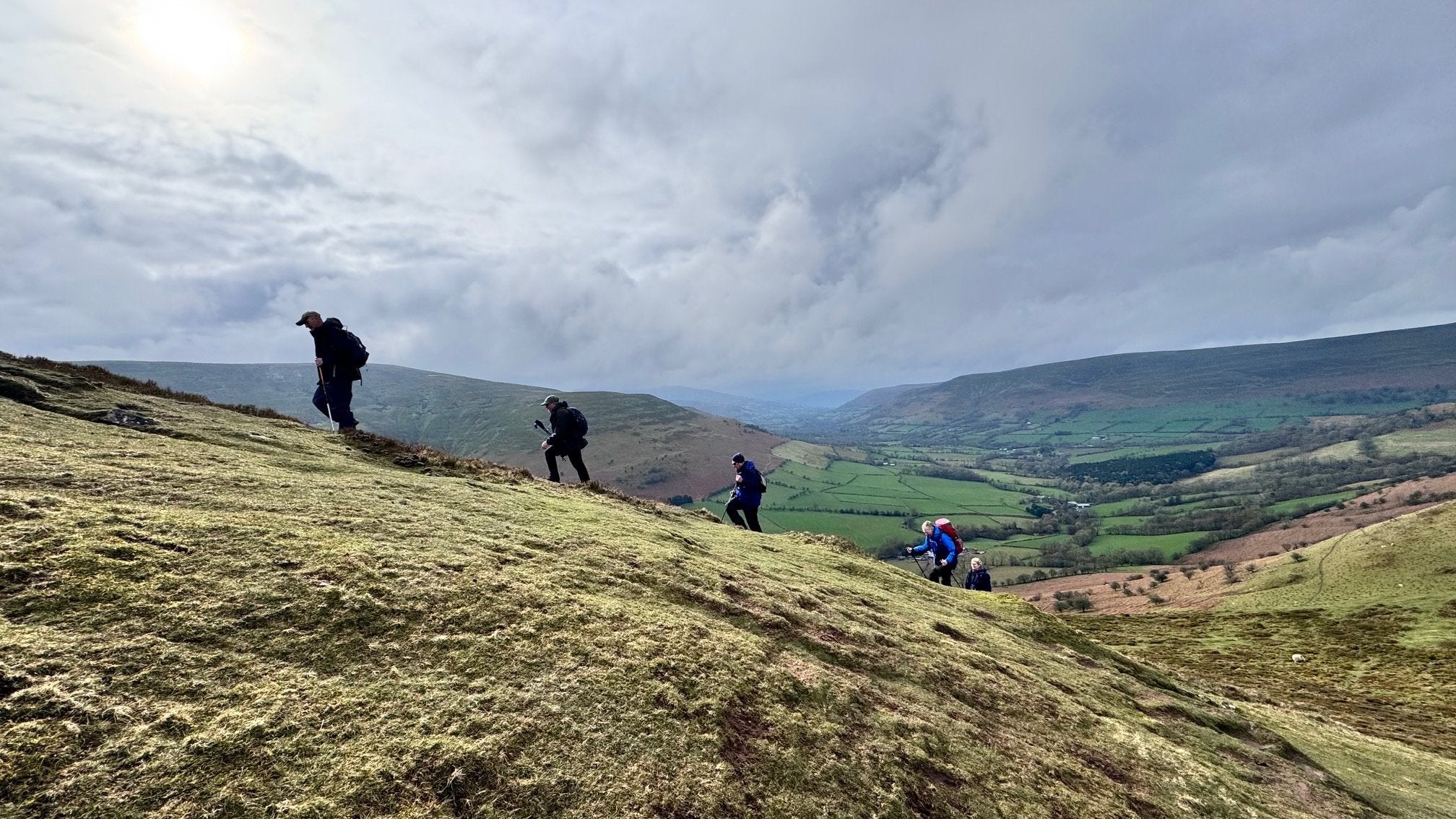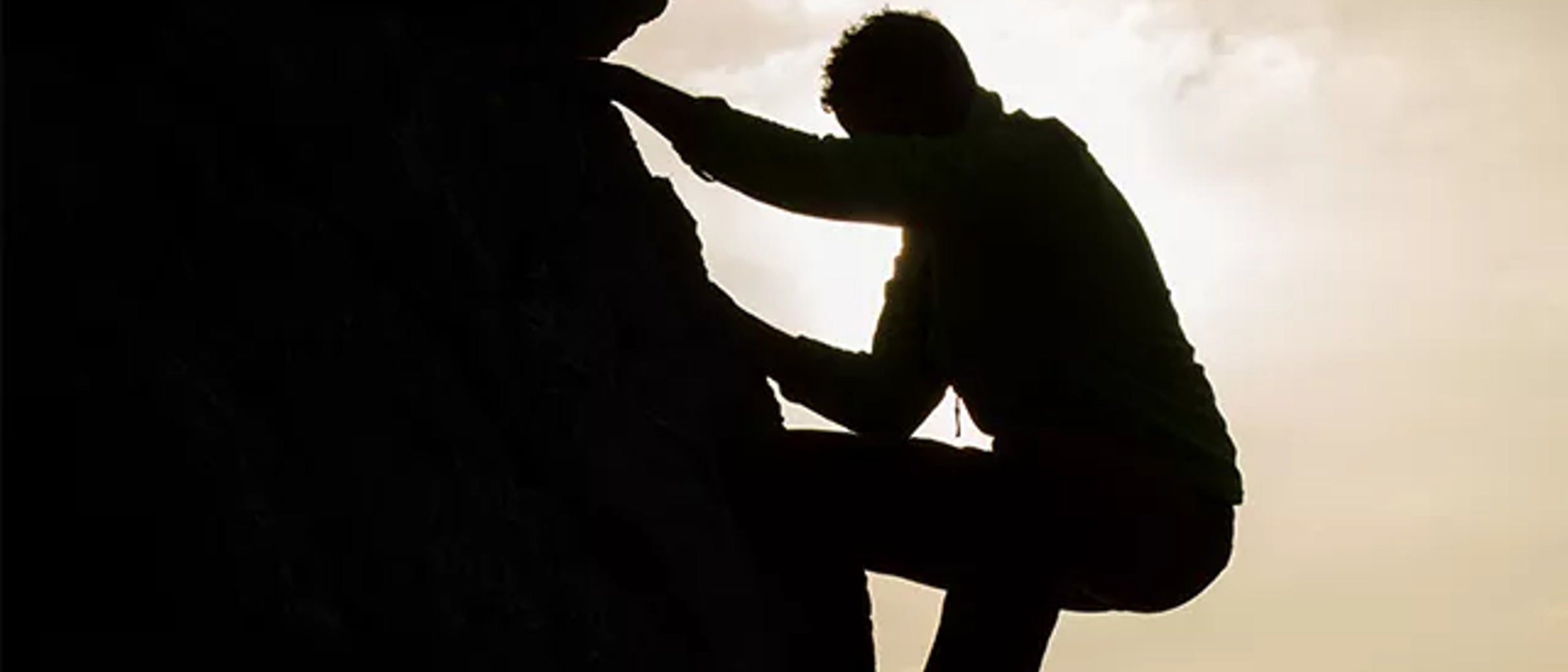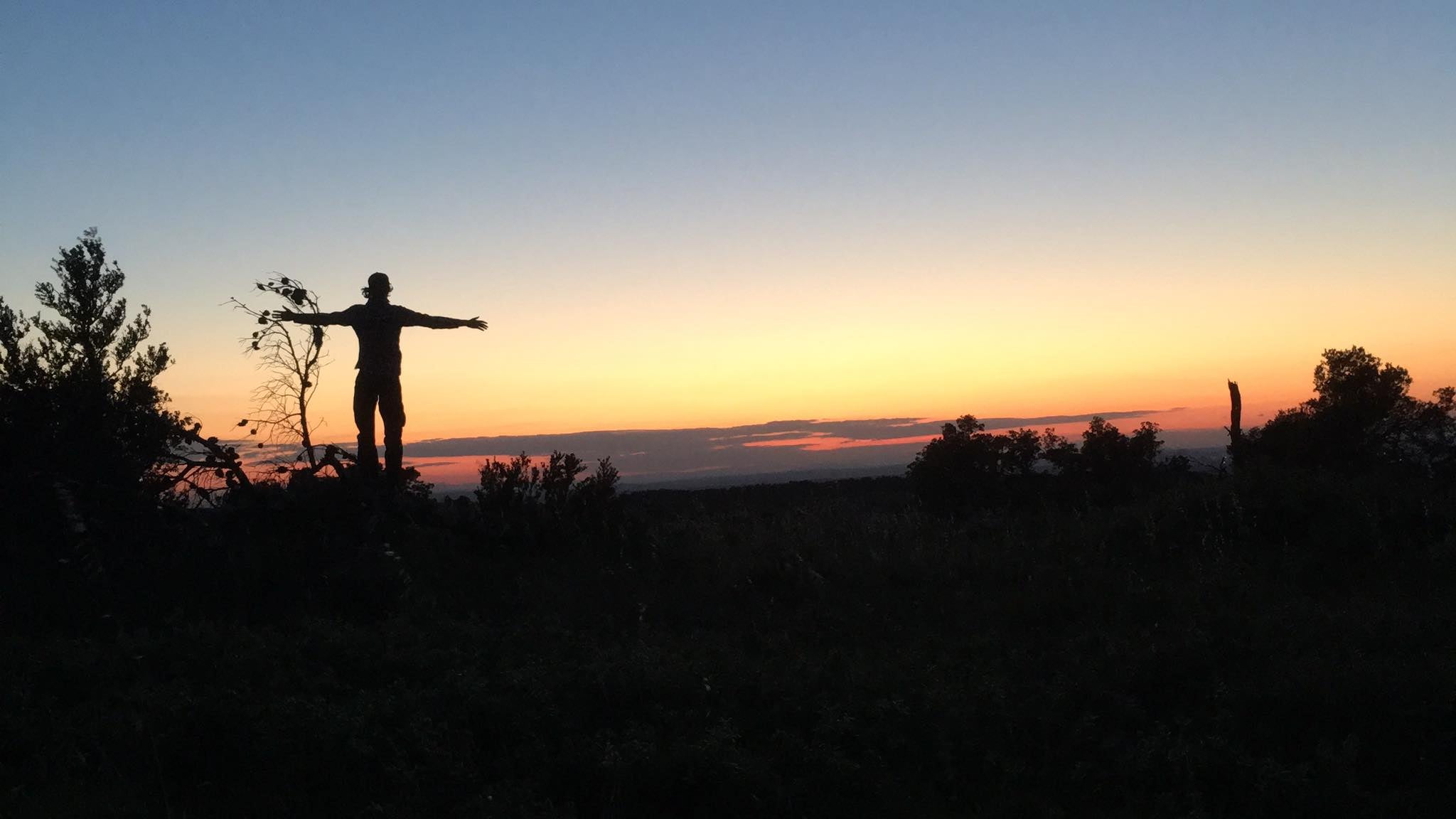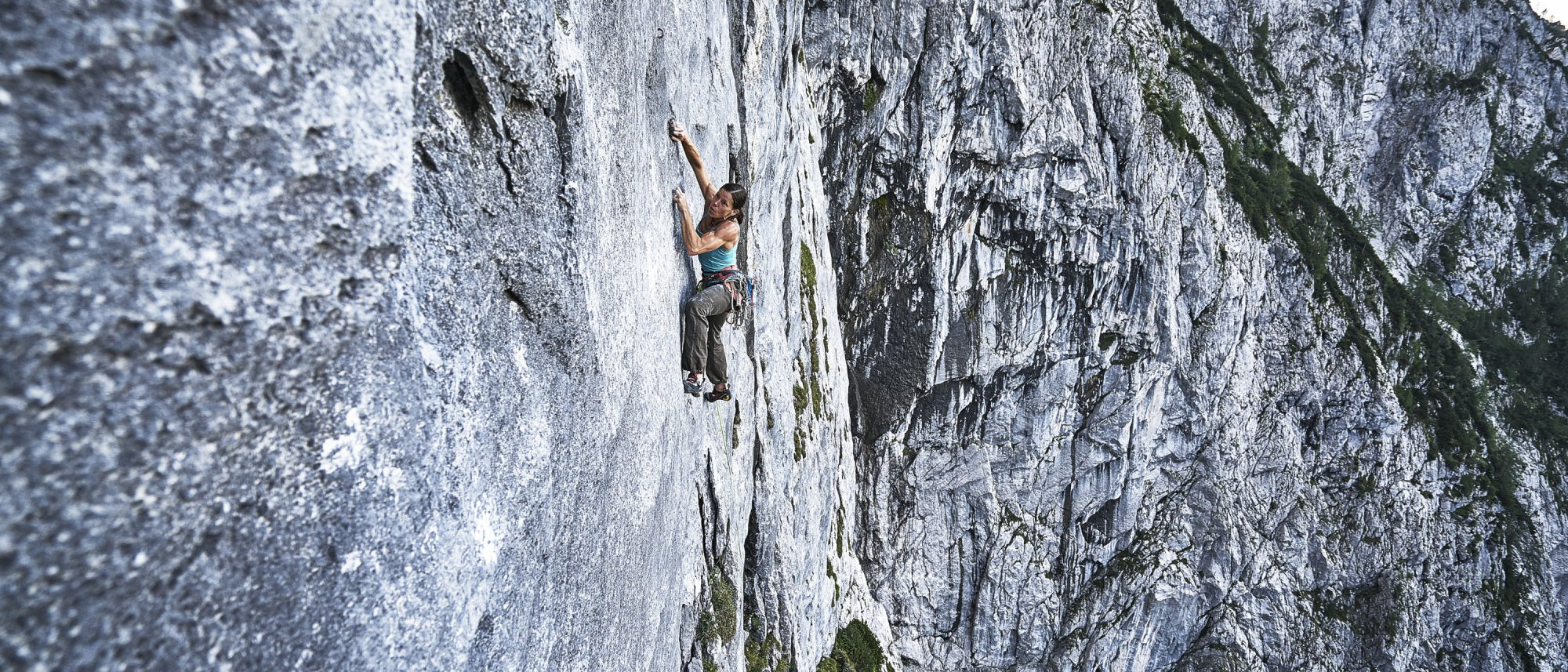The Basics of Good Hiking
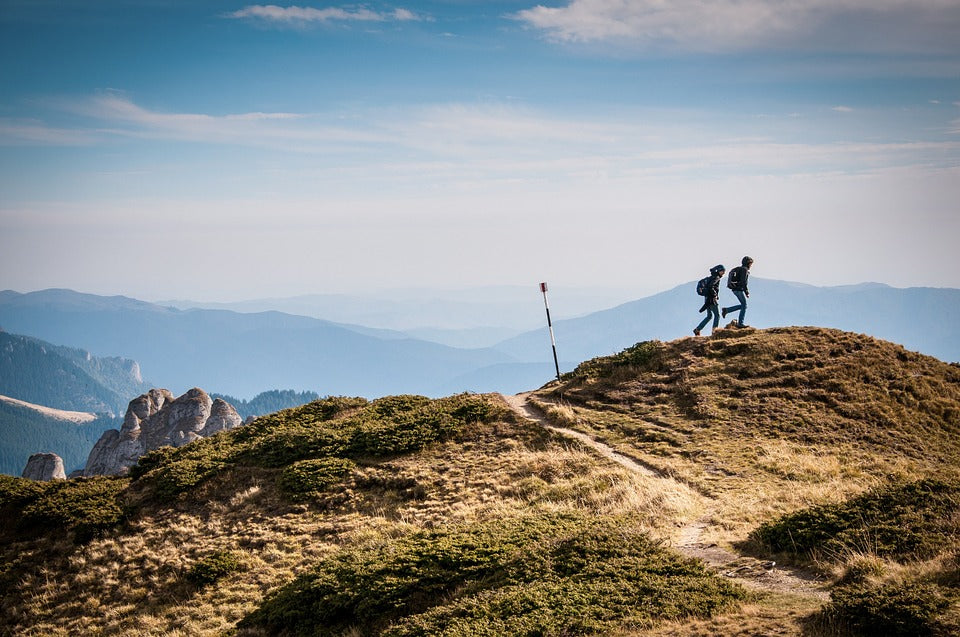
Hiking is becoming an increasingly popular pastime in the UK and with good reason! Hiking is a wonderful way to experience the natural world around us, allowing ourselves to switch off from our hectic lives and relax in the tranquillity of the wider, unchanging landscape. Importantly, hiking is hugely accessible – just strap on your boots and you’re away on your very own adventure!
We do not doubt that you will become hooked on this enthralling experience and before you know it, you will be looking up some of the UK’s best country walks in search of a real challenge! However, before you start climbing Mount Snowdon, it can be useful to learn some of the fundamentals of good hiking.
Understanding the basic techniques that go into good hiking practice will not only help you walk further and for longer, but it can also make the experience much more enjoyable while also protecting yourself from potential injury. Take a look at these simple tips that can help you get the most out of your next hike.
Plan Ahead
Often this will go without saying, but it’s good to be reminded every now and then. While spontaneous adventures can be fun, you will enjoy your hiking experience considerably more if it has been well planned. This includes knowing what path you are going to take, how long it will take you and what the weather could be on that particular day.
Planning is a crucial way to minimise any potential issues that could arise during a hike. For example, if you are planning an evening walk to catch the sunset, it will be worth checking that the path is open and light enough to make it back to the starting point before nightfall! More than for safety, by knowing how long a particular route will take you, it is possible to allocate extra time at certain locations. Having the time to relax or maybe to have a picnic at the summit creates the kind of moments that make hiking such an enjoyable activity!

Find Your Rhythm
If you are new to hiking, then you may be surprised by how challenging specific paths can be. While it may just appear like a lot of walking, the changing terrain, slopes and the sheer distance covered can cause even fit individuals to find themselves struggling for air if they are inexperienced when it comes to hiking. However, this simple tip can go a long way to making tricky treks that much easier.
To reduce the strain on your muscles and lungs, a consistent walking pattern is recommended while hiking. Find a walking speed that you are comfortable with and try to maintain it during your journey. This not only helps you walk for longer, but it also reduces the likelihood of cramps and injuries that can result from an ever-changing walking speed.
Adjust for the Slopes
While all hikers would like to keep the same walking speed through their journey, very few paths in the world are that simple! No matter where you are, it is likely that you will eventually come across a steep ascent or descent, and in these situations, it’s important to acknowledge the terrain and change your style.
When it comes to steep uphill paths, trying to maintain your stride will cause unnecessary fatigue. Instead, cut your usual step in half to reduce the strain on your legs, which will make the ascent feel much more comfortable. The same applies on downhill trails when you must also keep your legs slightly bent on impact to reduce stress on the joints.

Follow our tips and you will instantly find your hikes to be a more enjoyable experience. Of course, high-quality equipment will go a long way, and our comfortable hiking boots are the perfect accompaniment to your adventures! Check out our range of hiking footwear and accessories today, or if you’re looking for further information, read our other post that’s full of hiking tips and tricks!

